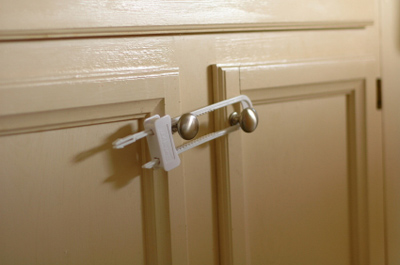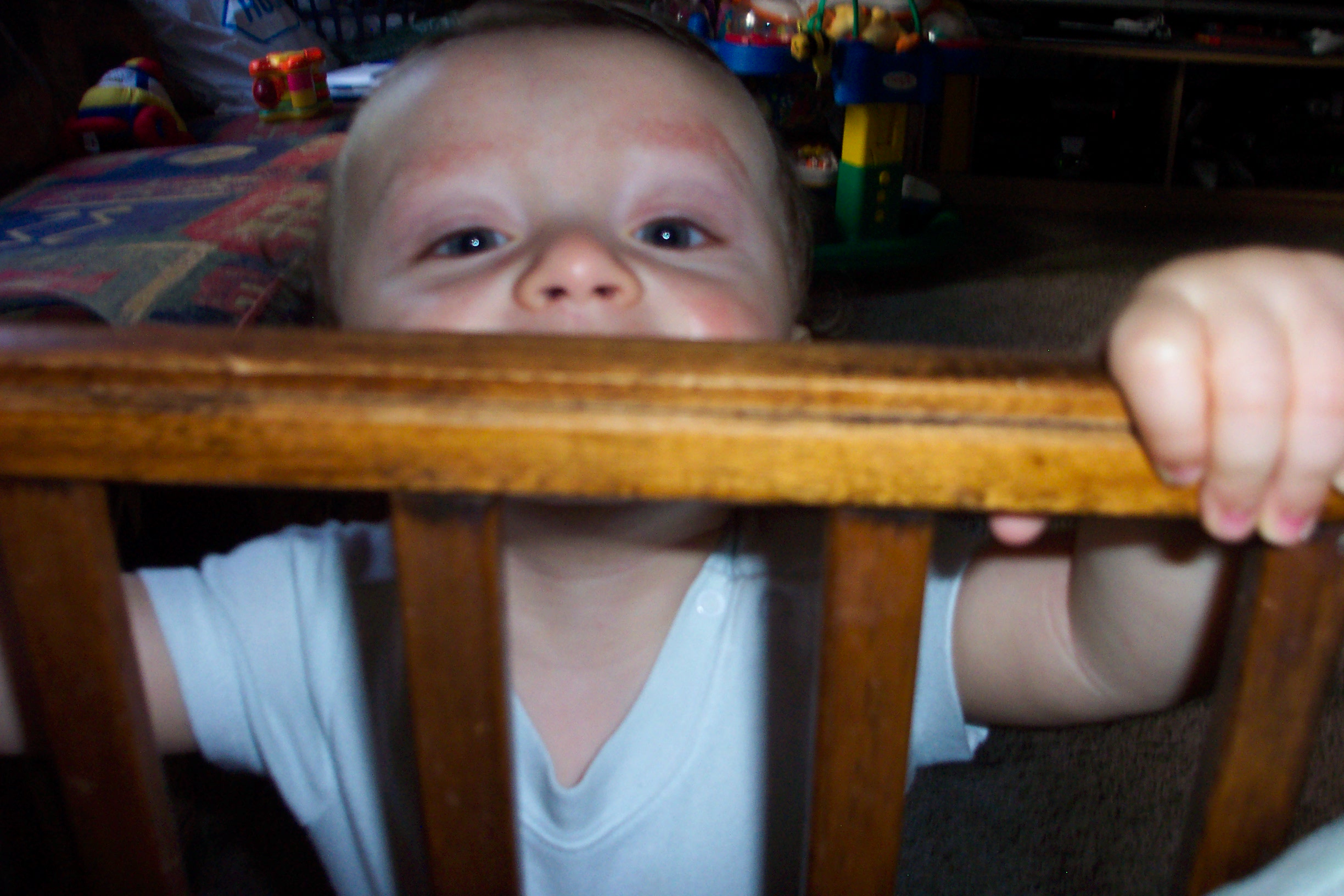Disclosure: In any review for a product or service, products or compensation may have been provided to me to help facilitate my review. All opinions are my own and honest. I am disclosing this in accordance with FTC Guidelines. Please see “Disclose” and "Terms of Use" tabs for more information.
All parents want their kids to grow up healthy and happy, and for the first few years of their lives, the responsibility for making this happen rests solely on your shoulders. You baby relies upon you for food, shelter, warmth, and other creature comforts, as well as love and attention. And while you can provide for all of these needs, it’s also important that you create a home environment that is as safe as possible for the youngest member of your family. This doesn’t necessarily mean installing a home alarm system or surveillance cameras, although this is certainly an option to protect your home and everyone that lives there. It means looking at your home from the level of a baby in order to spot the hazards that tiny tykes are likely to come in contact with, and then addressing any issues you find. And here are just a few ways to get started.
Baby gates and bumpers. What you’ll quickly discover is that there are certain areas of your home that you want to keep your baby away from, especially as he starts to crawl and walk. You may also find that your furnishings are a source of potential hazard for your child. And this is what baby gates and bumpers are made for. You can put gates across stairwells and in doorways to rooms that your baby shouldn’t enter (the kitchen or bathroom). And bumpers can go on the corners of furniture (like a glass coffee table) in order to ensure that your accident-prone baby suffers only minor bumps and bruises rather than dangerous cuts. For heavy furnishings that you baby might use to help him stand, you should also add safety straps and consider affixing items on top (wobbly lamps that might fall, for example) with Velcro tape.
Electrical outlet covers. Babies don’t know any better than to stick fingers and foreign objects into outlets, which are right at their level. So head to your local hardware store for some inexpensive outlet covers; they’re a cheap and easy fix that can protect your child from the hazard of electrocution.
Door locks and latches. There are no doubt cupboards and drawers in your home that contain hazards like chemicals, trash, knives, medication, and more. Keeping them closed is simple enough thanks to locks or safety latches. Eventually kids will learn how to circumnavigate the latches (and perhaps even the locks), but by then they should know better than to drink a bottle of Drano or play with knives.
Organic linens and green cleaners. Chemical toxins can not only poison your child, but they can also lead to asthma and allergies. A great way to combat this possibility is to switch to green cleaners (or make your own with common kitchen items and recipes found online) and use organic linens throughout the house, especially in the nursery. You might be surprised to learn that you can find everything from bedding and curtains to carpeting in organic options.
Comparison shopping. Before you purchase a crib, carrier, or play yard you need to exercise due diligence as a consumer and engage in comparison shopping to ensure that you’re getting the safest products on the market. For this reason you should not only visit a variety of shops and look at different brands, but you should also read consumer reports and look up product recalls. This will help you to make informed decisions and purchase baby-related products that are not only functional, but also deliver peace of mind.


















Speak Your Mind
You must be logged in to post a comment.